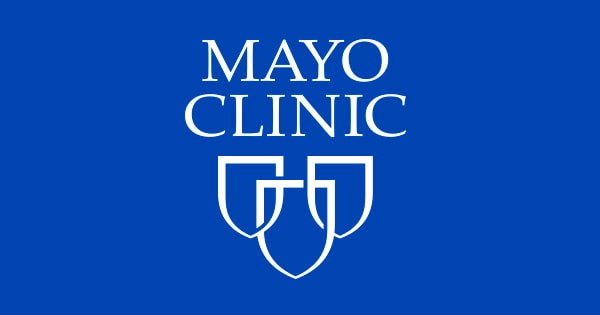https://www.mayoclinic.org/-/media/Web/GBS/Shared/Images/SocialMedia-Metadata/MC_OpenGraph_600x315.jpg

##### As cars run on gasoline, your body runs on blood sugar. When your nutritional tank gets low, you experience a condition called hypoglycemia, with symptoms such as confusion, anxiety, sweating, nervousness or weakness. One of the prime times for your blood sugar to dip too low is early in the morning when you haven’t eaten for some time. To combat this condition and keep your blood sugar steady, choose a healthy breakfast. Always speak to your physician, however, before making changes to your diet. BREAKING YOUR FAST Unless you wake up during the night to eat a small snack and go back to sleep, breakfast represents the time when you break your fast. While sleeping, your body uses blood sugar to perform functions such as building new red blood cells. When you wake up, taking in food as an energy source gives you the ability to power through your day. If you skip breakfast, your blood sugar can dip so low that it causes hypoglycemia. For this reason, you should consume some amount of food, even if only a small meal, when you wake up to prevent your blood sugar from dipping. If you are a diabetic, giving yourself too much fast-acting insulin prior to breakfast can also cause your blood sugar to dip. Talk to your physician if you are having difficulty regulating your insulin levels at breakfast. FAST FIXES If you experience symptoms associated with hypoglycemia or test your blood sugar and it is lower than 70 mg/dL, you need some fast breakfast-related fixes to increase your blood sugar, according to the National Diabetes Information Clearinghouse. Fast-acting carbohydrates include 4 ounces of fruit juice, such as orange or apple juice, or 8 ounces of milk. You also can eat graham crackers or 1 tablespoon of honey on a piece of toast. These foods can boost your blood sugar in about 15 minutes. If you don’t feel better after this time, take in more juice or milk. EXAMPLE MEALS Even if you are not experiencing hypoglycemia symptoms, it is important to keep your blood sugar levels as even as possible. This means starting your day off with a breakfast that includes both protein and vegetables, according to Drugs.com. These foods break down more slowly in your system, which keeps your blood sugar at a more even range until your next snack or lunch. Try including a lean meat, such as turkey bacon, or preparing a protein-packed omelet or quiche that includes veggies such as broccoli, black beans, spinach or bell peppers. You also can sprinkle flax seeds or nuts over low-fat yogurt or onto a whole-grain cereal for breakfast. FOODS TO AVOID Just as some foods are great for reducing hypoglycemia symptoms at breakfast, others may boost your blood sugar too quickly or trigger hypoglycemia-like symptoms. These include high-sugar breakfast foods, such as doughnuts and pastries, or full-calorie, high-sugar syrups. Caffeinated beverages such as coffee, tea and soda also can aggravate hypoglycemia symptoms, so you may wish to switch to decaffeinated options, according to Mayoclinic.com. #####
Source of shared Link


Originally posted here: https://steemit.com/dlike/@mazima/hypoglycemia-and-breakfast




No comments:
Post a Comment